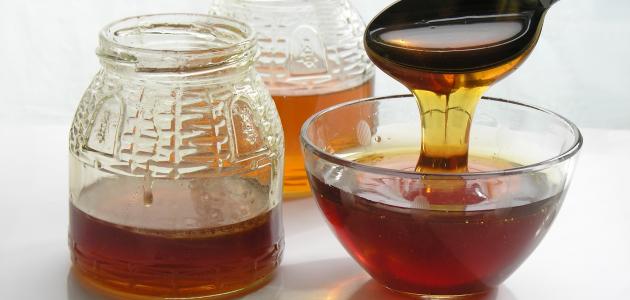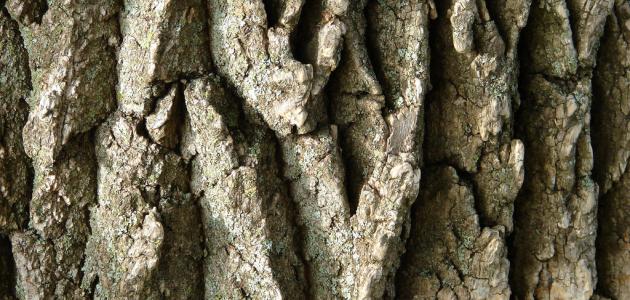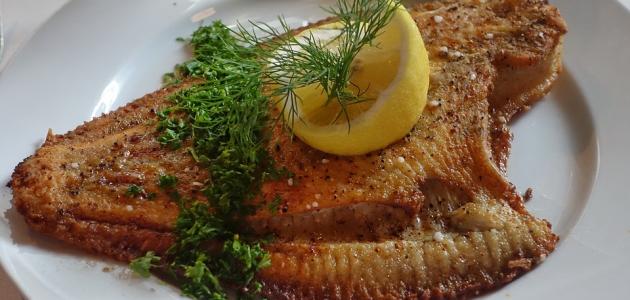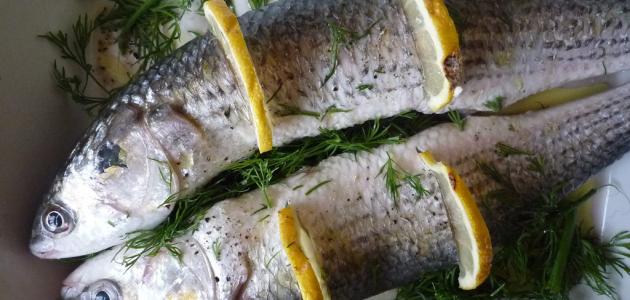Contents
Dagmus
The dagmus is one of the plants that resemble hibiscus, and it has many types, such as: Cape dagmus, Malagasy dagmus, Baronian dagmus, Glandular dagmus, astringent dagmus, red dagmus, Vissari dagmus, and bloody dagmus. It is a thorny plant that lives in the desert and hot regions. It has a green color, unlike the yellow and dry desert, and is abundant in the south of the Maghreb. Daghmus honey is distinguished by its brown and yellow color before picking it, but after it is picked, its color becomes black, and when we eat it, we feel a warmth in the throat area.
Dagmus honey is one of the finest and most useful types of honey, and it is one of the most common types of honey spread in the countries of the Maghreb only, and it is not found in any other country, and it is one of the most expensive types of honey there.
Benefits of dagmus honey
The dagmus plant and the honey resulting from it has many benefits, as it treats many diseases, and the benefits can be summarized as follows:
- It works to strengthen the immune system.
- It is a natural antibiotic used to treat many diseases and infections.
- It is considered a good, excellent, and effective treatment for many diseases such as: liver disease, cancer, diseases caused by skin microbes, severe asthma, diseases resulting from blood microbes, rheumatism, severe cold, diseases of the reproductive system, diabetes, headaches, and cysts It also addresses cases of general weakness.
Dagmus honey is also used in treating many diseases, and it is added with many plants and medicinal herbs, and we can make a medicinal mixture with a group of herbs, as it is done as follows:
Ingredients
- Half a kilo of dagmus plant
- Half a kilo of fenugreek
- Half a kilo of cloves
- Half a kilo of black seed
- Half a kilo of garlic
How to prepare
Grind all the previous ingredients in an electric mixer. As for the dagmus and garlic, they pound well by hand, and put in a bowl on a low heat, and leave to boil for at least ten minutes, then leave to cool, and then pour into a cup for the person to drink from, and preferably Drink it twice daily. To get rid of the pain, the patient places the pain area for the steam resulting from boiling the mixed herbs together, as this works to reduce the pain, or get rid of it permanently, and the treatment must be continued for a period of not less than a month for better results.
In the case of treatment of cysts, crushed dagmus is added with a little water, milk, or lemon juice, and left to boil over a fire for at least two minutes, and left to cool down, filtered and then drunk twice a day, morning and evening.
We can also use dagmus honey to keep fruits fresh and tender for at least six months, as it can be used as a good and effective preservative, and the ancient, especially the pharaohs, used it to mummify their dead, and it was also used in cosmetics, among others.
Dagmus honey can be used in treating severe coughs, where four tablespoons of it are added to a small spoon of ginger powder and a tablespoon of citric acid, and mixed well, and the patient takes one large spoon three times a day, for a period of not less than a week, or until the cough disappears Absolutely, but in cases of mild cough, it is recommended to eat a tablespoon of pure honey, without adding any other herbs, and the patient continues taking it until the cough is completely gone.
Tuberculosis patients are advised to take honey in the amount of 100-150 grams per day, in order to increase the weight of the patient, and this works to reduce the severity of the cough and improve the physical condition. This type of honey is also used to heal wounds from cesarean sections, as a spray of it is placed on the wound twice daily, to relieve pain, in a period of no less than four days, after which the wound is healed, and the pus is removed, especially after hysterectomy, And any other wound.
Types of dagmus
- The first type: its scientific name is Aldergamus, or Okan, or Chrysalis, and its scientific name is caralluma.sp, and it is a plant that does not exceed almost an inch, and it is bitter in taste, and has small and sharp thorns. And it is used to lose weight and fill the appetite. It is used in the treatment of many diseases, such as thyroid tumors, fibroids, and cysts. It is also very useful for diabetics.
- The second type: It is called scomb, or ticot, and it is found in the countries of the Maghreb only, and its plant is distinguished by its thorns, milky sap, and yellow-colored flowers, and is used in the treatment of many diseases, especially eye diseases, joints, skin diseases, and teeth. It is used to get rid of toxins in the human body.
- The third type: It spreads widely in the south of the Maghreb, and its scientific name is “euphorbia echinu,” which resembles a ball in its shape, and has large and sharp spines. Its juice is characterized by its sharpness and is used in the treatment of many diseases, and the honey extracted from it is considered one of the finest types of honey. It is cooked and used as a treatment for some common diseases, such as cold diseases, eye diseases, cancer diseases, and the elimination of warts, as it is considered a very strong and effective antibiotic against toxins.
How to grow dagmus
- The dagmus plant can be grown at home, where a large pot is not less than ten centimeters high, and the pot must be pierced from the bottom of four or five holes, in order to allow the excess water to escape from the container.
- A group of stones are placed in the container, and a group of field soil is also placed. The field soil can be dispensed with, and an environment designated for cultivation can be put in place instead. It is preferable to put the stones at the bottom, in order to prevent the holes from spreading, then put a layer of dirt over the stones, followed by a layer of compost, so that the three layers are stacked on top of each other, so that the container is full.
- Organic compost is also placed in the container, and it is recommended to use cow manure, as it is beneficial to the soil, and useful to plants as well.
- When the container is full with dirt and compost, we water it with water a little until it gets wet, and continue watering until the water comes out from the bottom of the container.
- We are now planting the plant, where we prepare its seeds, and about ten or 15 seeds are scattered in the dirt, because we do not guarantee the validity of all the seeds, so we increase the number of seeds planted in the pot, and it is preferable that there is a distance of about five centimeters between Every seed.
- It is covered with a very thin layer of dirt, and the container is placed in a relatively shady place, on the condition that the sun reaches it for at least six hours a day.
- We must water the pot every day or at least every other day, and we must not let the soil dry out, or in other words, keep it wet.
- After a few days or weeks, depending on the type and quality of the seeds that we planted, the seeds grow, and become seedlings, and we also note that there are more than one seedling planted in the pot, where the seedlings must be moved to another place, and only one seedling is kept Or two seedlings in the pot, so that they grow well, and in a large place.
















